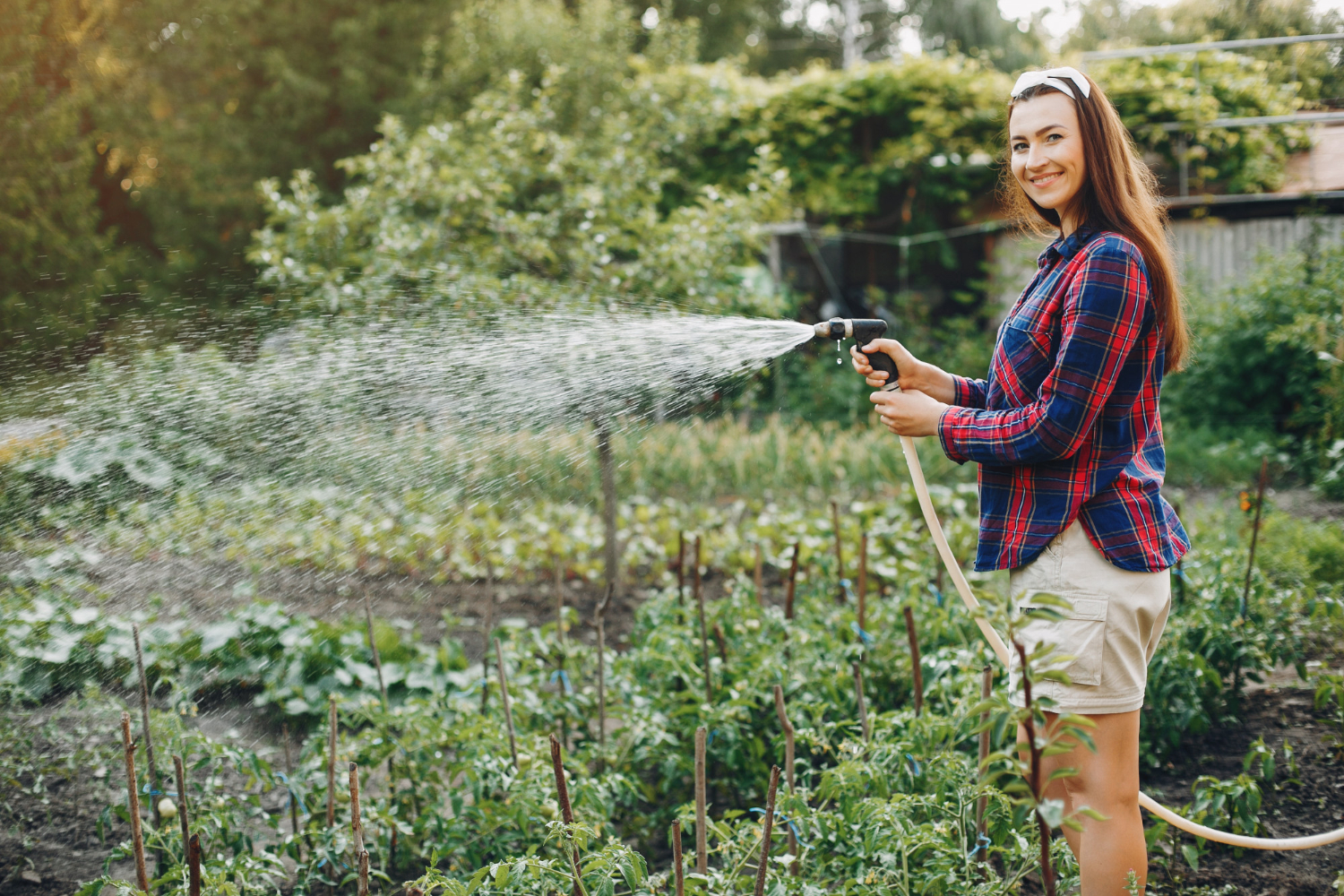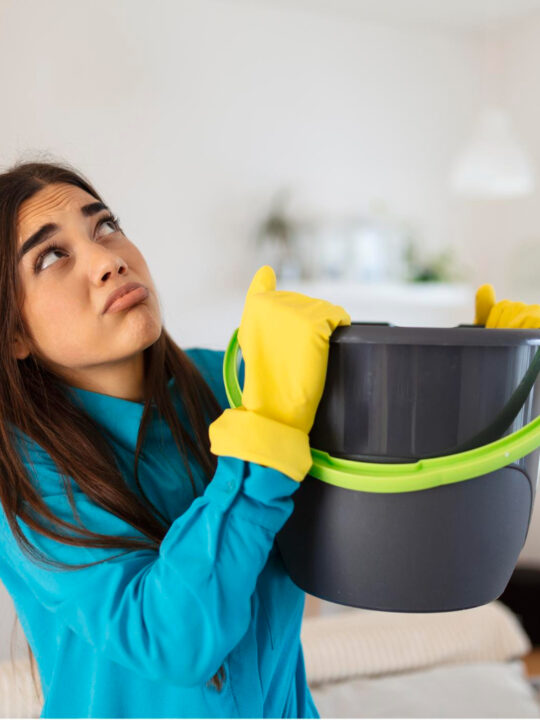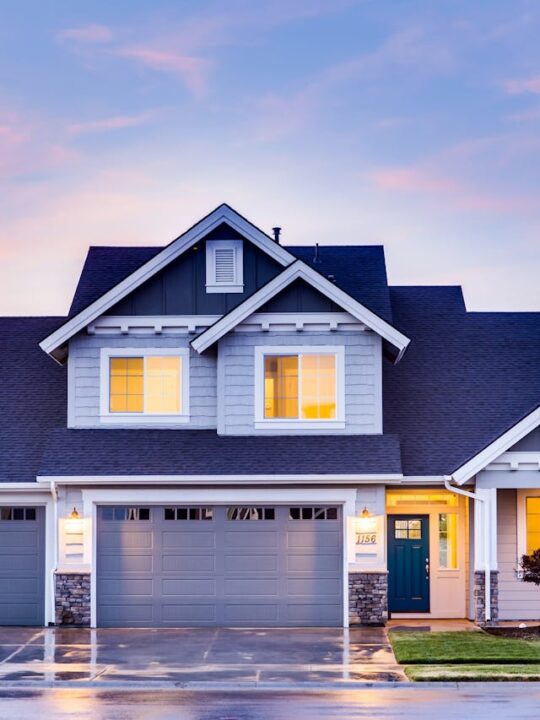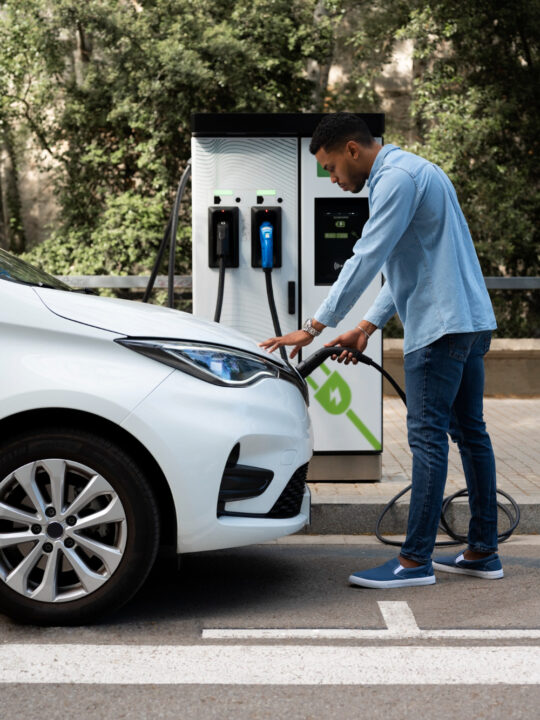 Amid global climate challenges and an increasing strain on natural resources, sustainable living is not just a virtue but a necessity. And what better way to actively participate in sustainability than to start in your backyard? Gardening is not only a therapeutic pastime; it’s a direct path to reducing your carbon footprint and conserving crucial resources.
Amid global climate challenges and an increasing strain on natural resources, sustainable living is not just a virtue but a necessity. And what better way to actively participate in sustainability than to start in your backyard? Gardening is not only a therapeutic pastime; it’s a direct path to reducing your carbon footprint and conserving crucial resources.
This blog post caters to those interested in developing a thriving garden with minimal water use. Vikki Gerrard La Crosse WI, will delve into water-saving methods that combine scientific innovation, artistic design, and a profound commitment to environmental conservation. These strategies will empower you to cultivate a lush, drought-tolerant haven.
Table of Contents
Understanding the Water Cycle
Before exploring water-efficient gardening, understanding the water cycle is key. This cycle is a continuous journey where water evaporates from the earth, forms clouds, falls as rain or snow and flows through landscapes. Every drop of water is vital and capable of sustaining life worldwide. Gardening in tune with the water cycle requires knowing when and how to capture and use water efficiently. By adapting gardening practices to the water cycle’s rhythms, gardeners can use water more effectively, helping their gardens thrive and conserving water for the future.
Capturing Rain and Managing Runoff
Rainwater is an excellent, albeit erratic, source of irrigation for your garden. By capturing this water, you reduce your reliance on traditional water sources, prevent soil erosion, and lessen the burden on stormwater management systems.
Invest in a rain barrel or cistern to store rainwater during dry spells. Ensure that your garden has porous surfaces like gravel or native plants to allow rain to penetrate, preventing harmful runoff that carries pollutants and topsoil away. Designing a swale, a shallow ditch with gently sloping sides, can also help channel and retain water where it’s needed most.
Drip Irrigation and Soil Moisture Sensors
Drip irrigation systems deliver water directly to the base of plants, minimizing evaporation and runoff. These systems can be set on timers, ensuring your garden is watered at the most effective times – usually early in the morning when evaporation rates are lowest.
Pair your drip system with soil moisture sensors to remove the guesswork of watering. These nifty gadgets alert you when the soil is dry, signaling your irrigation system to start. This precision watering approach saves water and helps maintain healthy soil by not overwatering, which can lead to root rot and nutrient leaching.
Mulching and Smart Plant Choices
Vikki Gerrard La Crosse WI, proclaims mulching the unsung hero of water-efficient gardening. By applying a generous layer of mulch—organic materials like wood chips and straw or inorganic options like gravel or recycled rubber—soil moisture is preserved. This is achieved through reduced evaporation and decreased water runoff, illustrating the critical role mulching plays in maintaining a garden’s hydration.
Equally important is choosing plants that are indigenous or well-adapted to your climate. Native plants have evolved strategies to thrive with the water available naturally in your area, making them an ideal low-maintenance choice. Consider xeriscaping, a landscaping approach that focuses on water conservation, with various native drought-resistant plants and strategic mulching that can help you design a charming garden in harmony with your local ecosystem.
Soil Preparation and Composting
Healthy soil holds water like a sponge, so preparing your soil well is a key component of water-efficient gardening. Amending your soil with organic matter like compost or manure improves its structure, enhancing its water retention capacity.
Composting enriches soil and reduces the amount of kitchen and garden waste that ends up in landfills, where it decomposes and produces methane, a potent greenhouse gas. By composting, you’re looping nutrients back into your garden and encouraging a closed ecological system.
Timing is Everything
Timing your gardening tasks to coincide with the natural rhythms of your local climate can significantly reduce water needs. Plant in the spring or fall, when cooler temperatures and higher precipitation levels reduce plant stress and the demand for supplementary watering.
Avoid midday watering when evaporation rates are at their peak. Opt for early morning or late evening watering when wind speeds are slower. This allows water to soak into the soil where plants need it most.
Educate and Collaborate
Sustainability is a collective endeavor. Vikki Gerrard La Crosse advises engaging with your community, participating in or organizing workshops, and disseminating your insights. Collaborating on local initiatives, like community gardens or water conservation efforts, can amplify the impact. More individuals and communities are adopting water-efficient gardening practices that significantly enhance the global water conservation movement.
Celebrate Your Success
Finally, enjoy the beautiful, verdant landscape your water-efficient garden creates. Revel in the colorful blooms, the buzzing pollinators, and the fresh, homegrown produce that reflect your dedication to a sustainable lifestyle. Your garden is a testament to your commitment to stewarding the earth’s resources. As you continue to adjust and refine your water-wise techniques, your garden’s beauty will grow more vibrant each season.
By implementing these techniques, you’re not just tending to your garden but sowing the seeds of sustainability, resilience, and environmental stewardship. This transformational approach to gardening can resonate far beyond your property lines, inspiring others to adopt similar practices and contributing to a more water-secure world for future generations.







